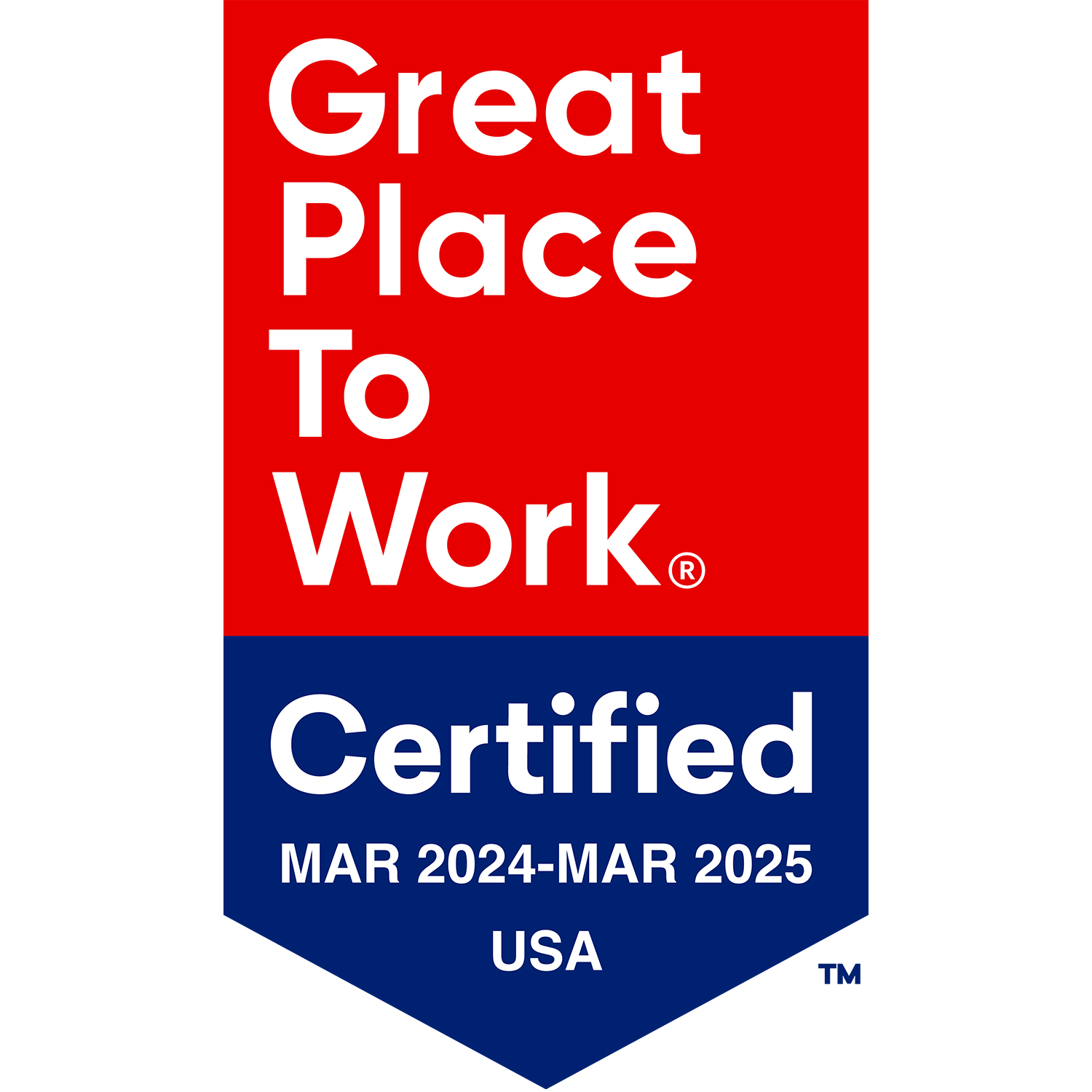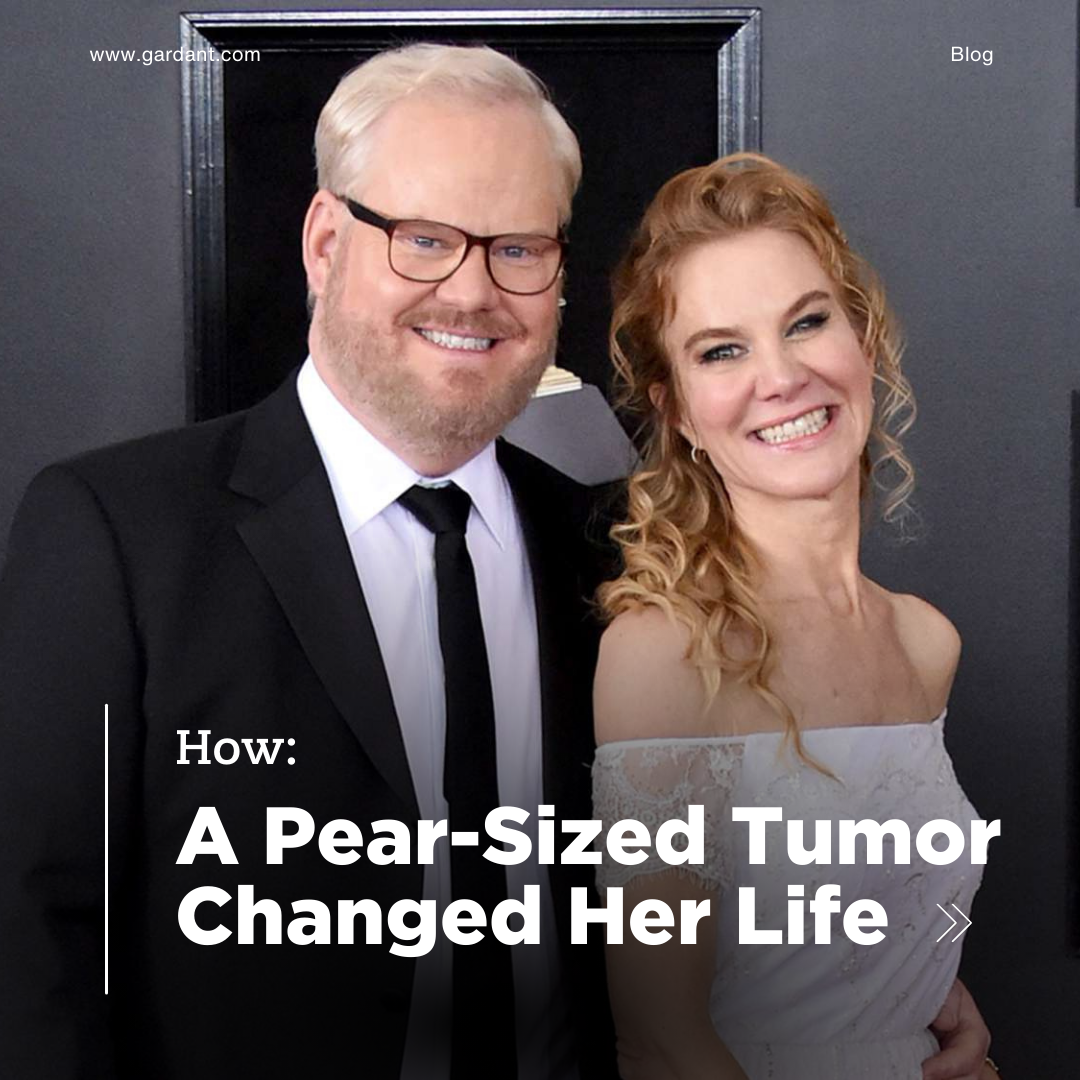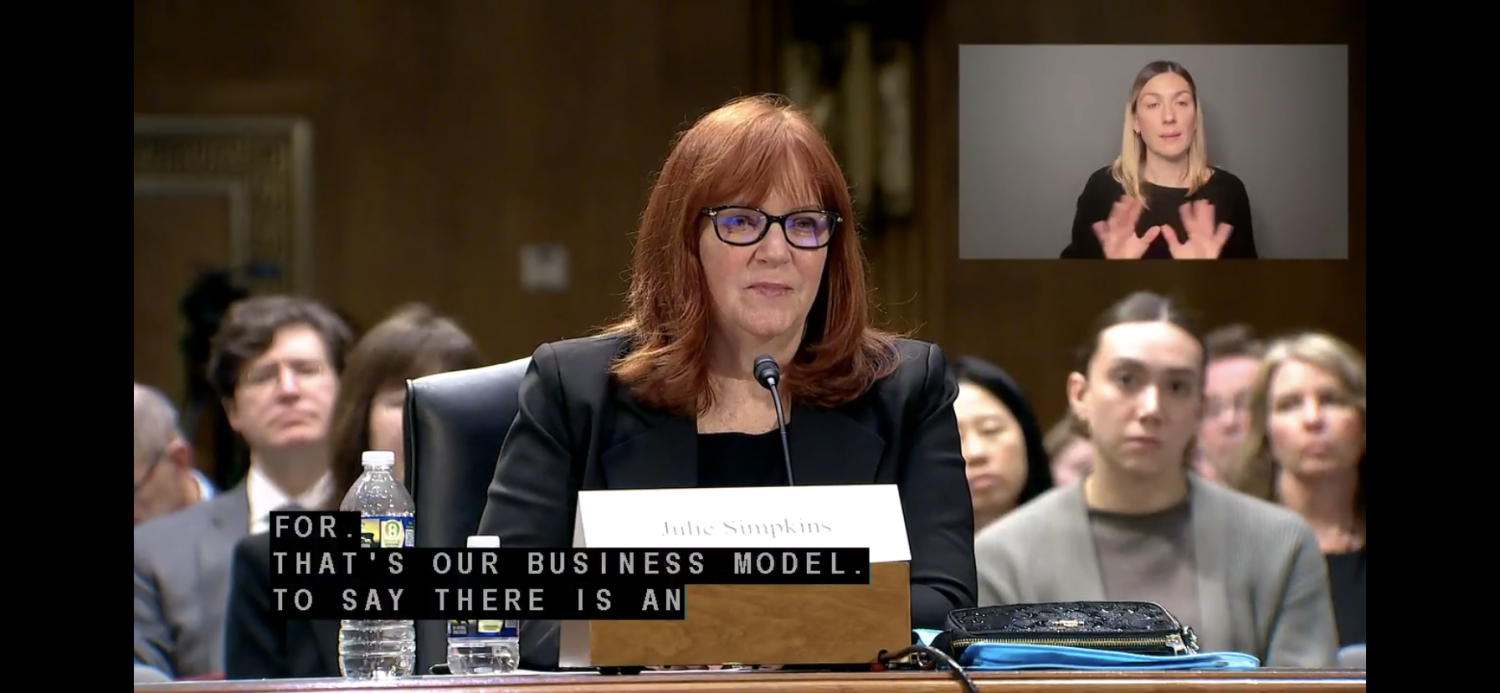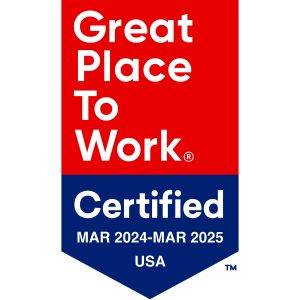By Rick Banas of Gardant Management Solutions
The headline to the story that was posted recently on The Wall Street Journal’s website asked this question. Will the supply of senior housing outpace the demand from Baby Boomers?
The concern stems from reports from the National Investment Center for Seniors Housing & Care (NIC) that occupancy rates for senior living and assisted living in a significant number of the major markets across the United States fell for the second consecutive quarter. At the same time, there considerable development of new communities underway.
Based on my years of experience in the industry and analysis of what is happening today and projected to happen in the coming years, supply might be outpacing demand, at least for a specific segment of the older adult population. Here’s why:
Older adults are waiting longer to move into senior living and assisted living. Despite all the attempts to attract a younger age group, the average age of individuals moving into senior living is now the same as for assisted living – 84. The only difference is that residents moving into senior living tend not to be as frail as those moving into assisted living. Back in the 1980s and 1990s, the average age of residents moving into senior living apartments was 78.
Baby Boomers are turning 65 at a rapid pace, but they will not be reaching the age where they are most likely to move into a senior living or assisted living community for at least another seven to ten years. During the five-year period of 2014 to 2019, for example, the number of individuals 65 to 74 in the United States is projected to grow by nearly 25% while growth of only 6% (an average of 1.2% a year) is projected in the number of individuals 85 and older.
Most everyone in the industry seems to be targeting the same group of older adults – those with high incomes and considerable financial resources. Socioeconomic data from Claritas, however, indicates that as of last year less than 19% of the individuals 85+ in the United States lived in households with annual incomes of $50,000 or more while nearly 53% had incomes was less than $25,000. Among individuals 75 to 84 years of age, less than 27% lived in households with annual incomes of $50,000 or more while nearly 42% lived in households with less than $25,000 in annual income. Predictions are that the Baby Boomers will not be as financially well off as today’s older adults.
Research indicates that Baby Boomers will want larger apartments, more choices and more amenities, but will they have the financial resources to afford what they want?
There seems to be little in the way of product differentiation. Most everyone seems to be following the same trend that offering more dining options, gourmet meals, concierge services, wellness programs, and amenities such as a movie theatre, café, bar, club room and swimming pool is what is needed to attract more residents.
The Wall Street Journal article indicates that occupancy for assisted living slipped to 88.4% in the second quarter of the year.
By contrast, the occupancy rate for the senior living, assisted living and memory care apartments that Gardant manages grew from 94.6% in the first quarter of 2015 to 95.3% in the second quarter. Our average occupancy over the past few weeks is 96%.
The reasons for the strong occupancy rate percentage include…
Our management approach to put residents first in every decision we make, closely followed by employees.
Our culture that 100% occupancy with minimal lost revenue days is the expectation. Achieving or being slightly above budgeted occupancy is not something to celebrate.
Our willingness to focus on affordability. By focusing on how we can reduce operating expenses without sacrificing quality, especially in those areas that are most important to residents and their families, we can offer more affordable pricing.
The combination of high occupancy rates and our focus on expenses means we can offer more affordable pricing AND achieve operating margins that rank in the top 25% in the country.
To help us prepare for the future in the near and long-term, we also have partnered with CareMerge to implement a web-based HIPPA-compliant care coordination and communication platform in each one of our communities. Through the platform, we are able to capture and analyze key metrics such as hospital admissions, re-admissions and emergency room visits; chronic medical conditions; and resident compliance with medication regimes and doctor, lab and physical, occupational and speech rehab therapy appointments. The metrics will help us enhance the quality of care and be able to show managed care organizations, accountable care organizations, residents, prospects and their families how the lifestyle that is available in our communities and our programs and services are of benefit.
All affordable assisted living communities managed by Gardant Management Solutions are certified and surveyed by the Illinois Department of Healthcare and Family Services. All assisted living communities are licensed and surveyed by the Illinois Department of Public Health.
“Gardant Management Solutions is the leading provider of assisted living in Illinois and one of the 20 largest providers of assisted living in the United States.”
What are your thoughts? Leave a comment and let us know.




